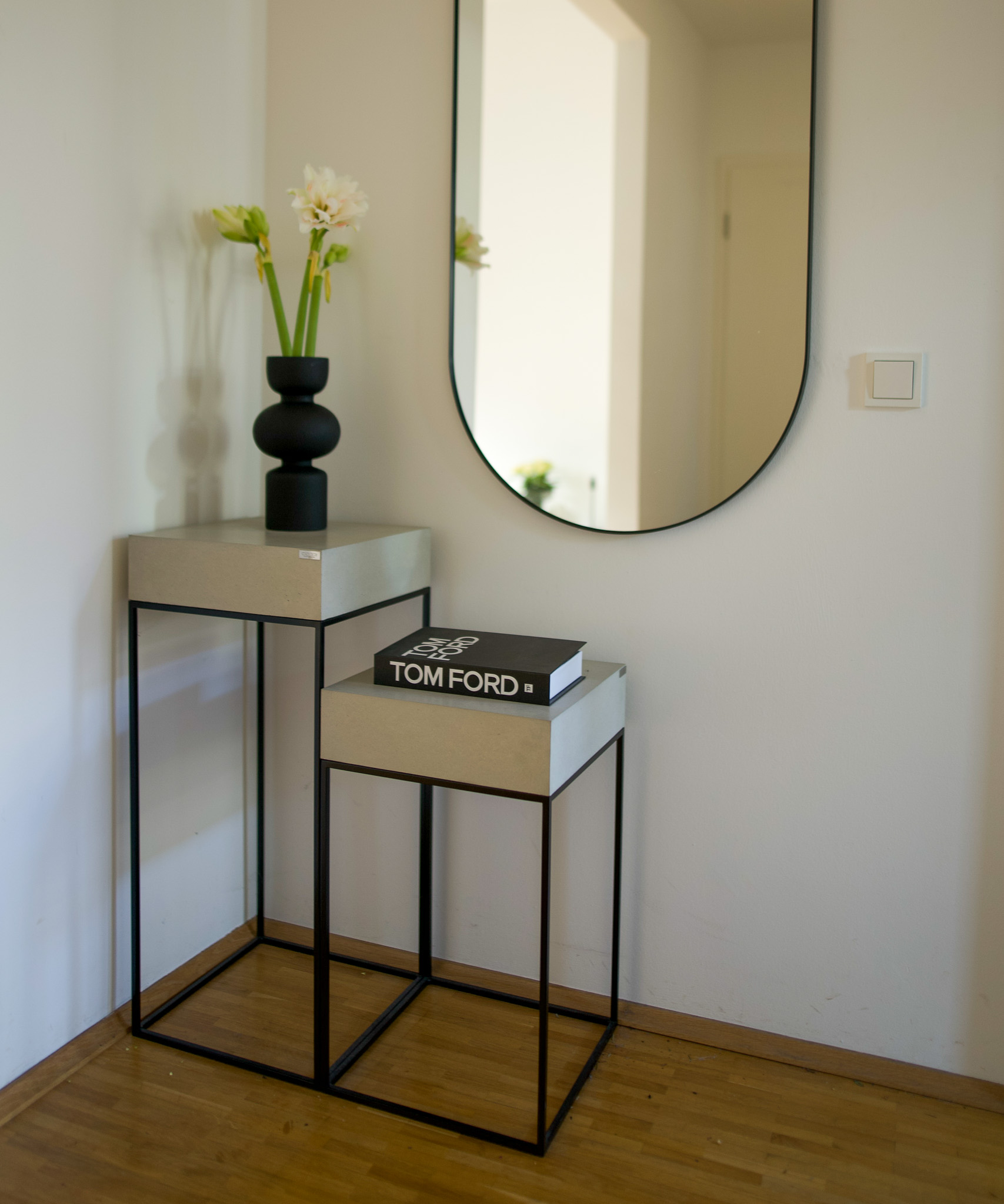
Structural
Fire protection
A building is always exposed to the risk of fire. The task of planners and architects is to take fire protection or a possible fire into account as early as the design phase. This is because preventing a fire is just as important as the actual firefighting by the fire brigade in an emergency.
While the fire brigade only intervenes when there is already a fire, structural fire protection is designed to help prevent fires from starting in the first place or to keep them confined to the smallest possible spaces. This is why building components, structures and, ideally, furniture must be able to resist fire to a certain extent.
FIRE PROTECTION WITH CONCRETE
To ensure general safety and, of course, from an economic point of view, sensible structural fire protection must fulfil the following protection objectives:
Personal protection, material protection of the buildings that catch fire or neighbouring buildings Environmental protection by minimising the smoke, toxic gases and contaminated extinguishing water produced. When using components or furniture made of concrete, it is possible to construct residential buildings in such a way that all three protection goals are achieved simultaneously.
What can concrete do in the event of a fire?
According to DIN EN 13501 Part 1, building materials are classified according to their fire behaviour. Concrete, as a mineral building material, fulfils the requirements of fire protection class A 1 because it is effectively non-combustible.
This means that it does not ignite under the temperatures that usually occur in the event of a fire.
Concrete remains largely solid, concrete does not contribute to the fire load, concrete does not spread the fire, concrete does not form smoke, concrete does not release toxic gases. These positive properties of concrete allow planners and architects to create a building that is safe for the client against the risk of fire, including the associated furniture.
Fire behaviour of concrete furniture
Concrete can generally be classified as building material class A1 in terms of fire behaviour without further proof.
There are two bases for this classification:
1. according to European Commission Decision 96/603/EC of 4 October 1996, all concrete products, including prefabricated concrete, precast concrete and prestressed concrete products, are classified as class A1 (no contribution to fire), provided they do not contain more than 1% (by weight or volume) of homogeneously distributed organic material.
2 According to DIN 4102-4:2016-05, concrete, even with the usual proportions of mortar and concrete admixtures, is assigned to building material class A1 in accordance with DIN 4102-1:1998-05. This classification is also used in line A2.2.1.3 of the model administrative regulation Technical Building Regulations Edition 2017-1.
For Germany, both classifications are based on the concrete complying with the European and national concrete standard DIN EN 206 (currently DIN EN 206-1:2001-07) and DIN 1045-2:2008-08 and the concrete components consisting exclusively of reinforced or unreinforced concrete. If non-standardised starting materials are added to the concrete, e.g. on the basis of a general building authority approval, the restrictions from the fire behaviour approval must be taken into account where applicable. This applies in particular to organic materials.
Fire protection furniture from CO33
Our certification documents (certificate according to DIN EN 206-1 and DIN 1045-2) show that the concrete we use fulfils the normative requirements.
The raw steel we use for our table frames corresponds to fire protection class A. Standard commercial paints and powder coatings are not suitable for fire protection. For this reason, our table frames can be provided with a powder coating specially approved for fire protection to protect against rust.




.png?ts=1703076351)